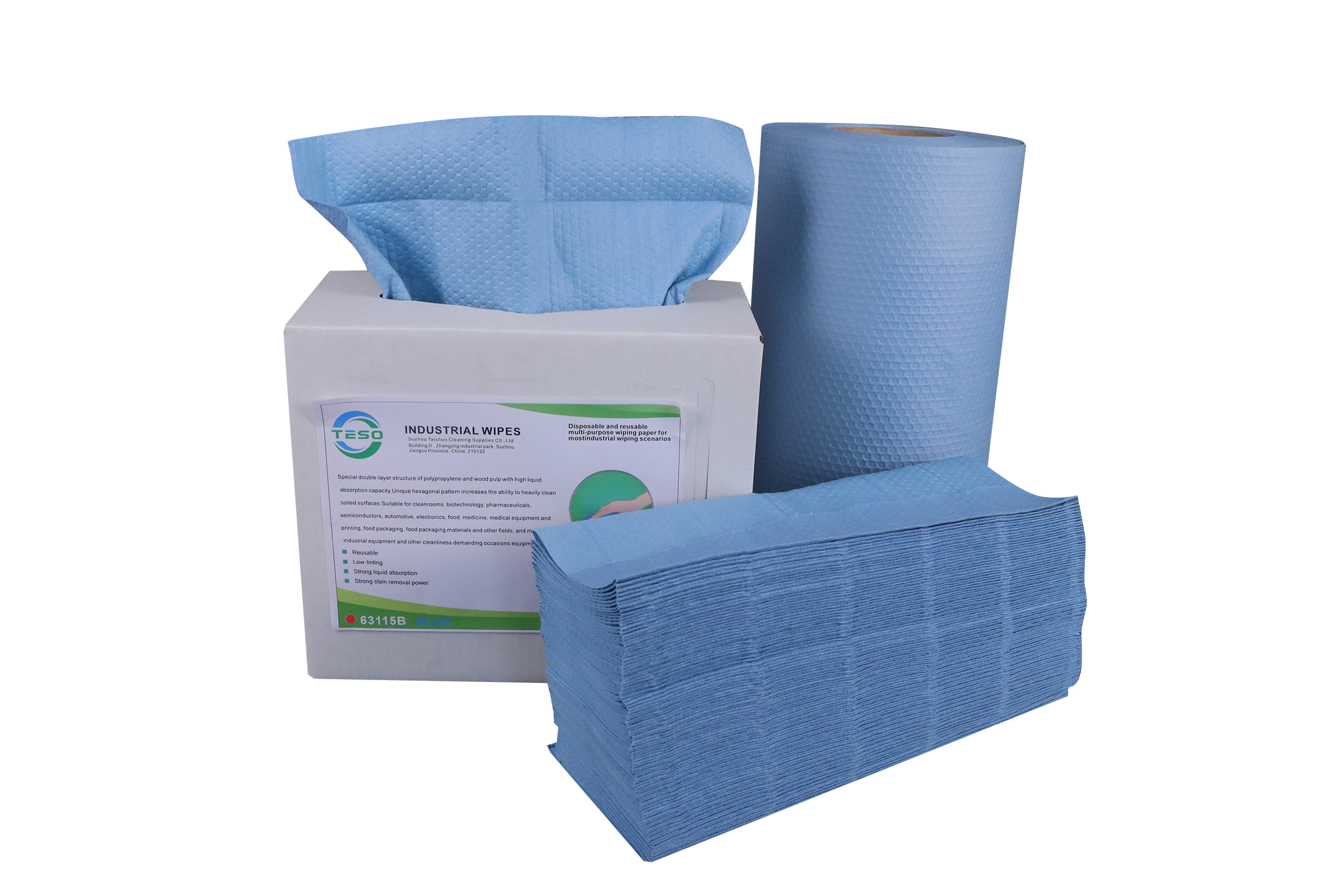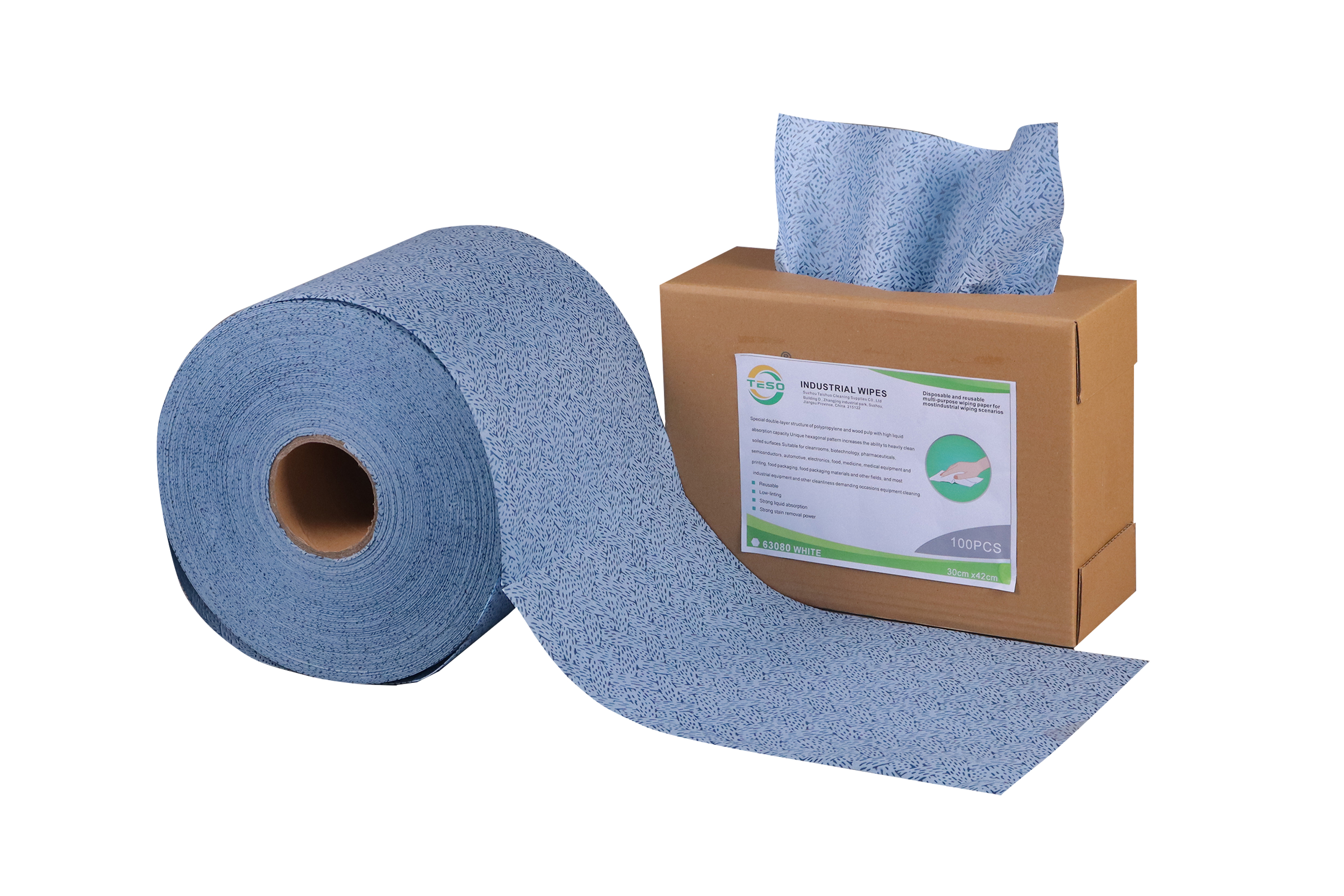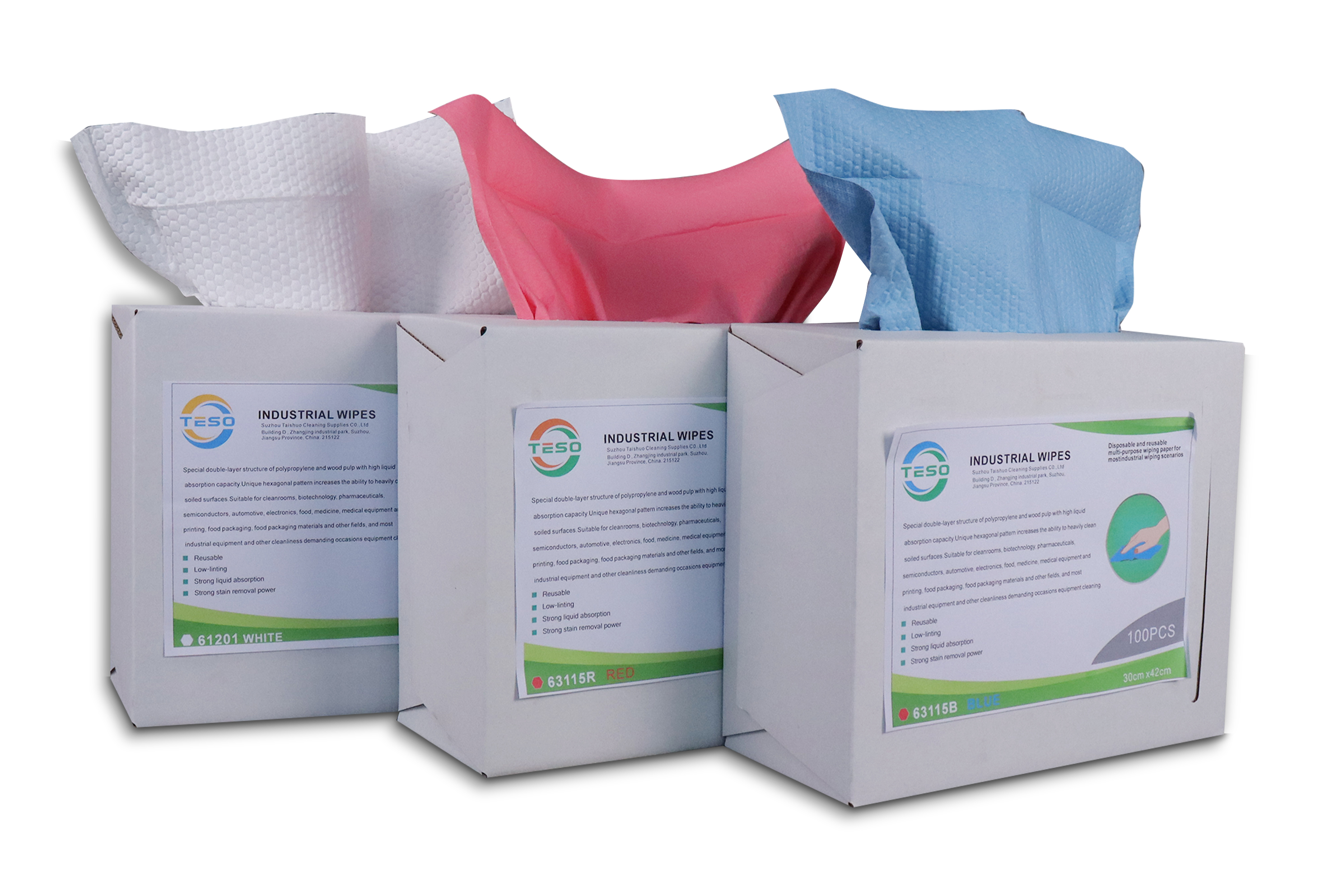The following are common lint-free cloth levels:
High Grade: Typically made from 100% polyester or a polyester/nylon blend with very low particle release and good chemical resistance. Suitable for rigorous clean room environments such as semiconductor manufacturing and pharmaceutical industries.
Medium grade: Typically made of polyester or non-woven material with relatively low particle release. Suitable for general clean room environments such as electronics manufacturing and optical industries.
Low grade: Made of ordinary fiber materials with relatively high particle release. Suitable for environments with lower cleanliness requirements.
The cleanliness of a dust-free cloth is usually measured by the number of particles (such as the number of particles per cubic meter) and the microbial content (such as the number of bacteria per square centimeter of surface). Different levels of clean rooms (such as ISO 5, ISO 7, etc.) have different cleanliness requirements for dust-free cloths.
Four major characteristic indicators
Particle release: The number of particles released from the lint-free cloth during use.
Chemical Stability: Resistance to various cleaning agents and chemicals.
Water and oil absorbency: The ability to absorb liquids during cleaning.
Antistatic: Prevents the accumulation of static electricity, suitable for the electronics industry.
 20 years
Industry experience
20 years
Industry experience
 CN
CN  CN
CN



